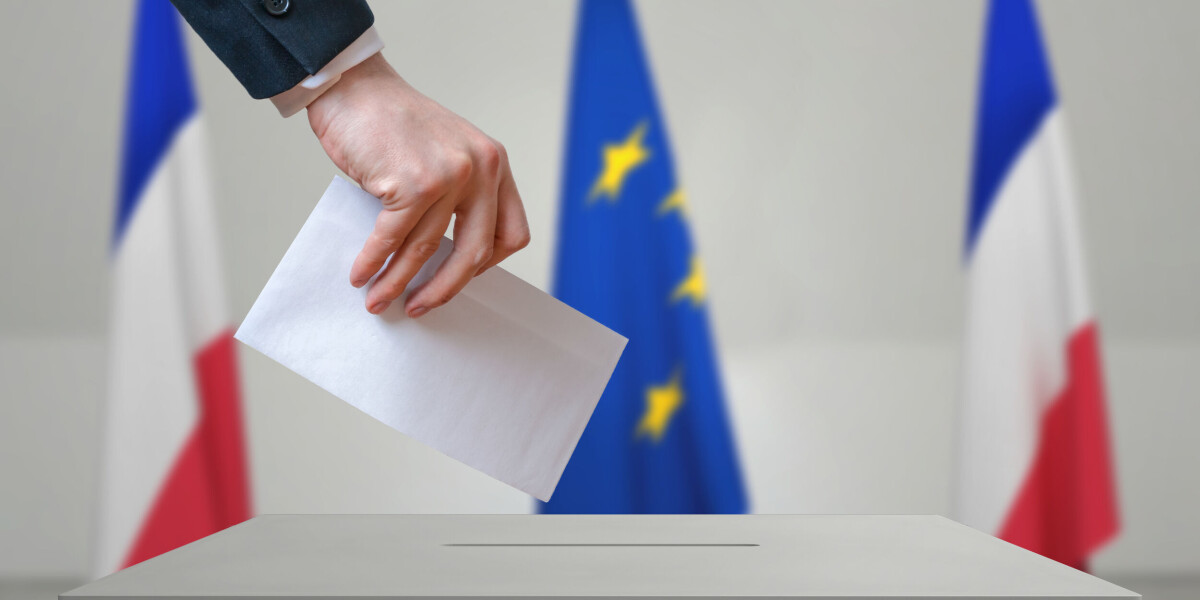
Which french election candidate does your mayor support? How to check
- Select a language for the TTS:
- UK English Female
- UK English Male
- US English Female
- US English Male
- Australian Female
- Australian Male
- Language selected: (auto detect) - EN
Play all audios:

PRESIDENTIAL HOPEFULS MUST GATHER 500 SIGNATURES EACH FROM ELECTED OFFICIALS TO BE ABLE TO STAND. THE FIRST COUNT HAS JUST BEEN REVEALED The first count of _parrainages_ - signatures from
elected officials supporting presidential candidates and a crucial part of the French election process - was revealed last night (February 1). President Emmanuel Macron has so far received
the most signatures validated by the Conseil constitutionnel at 105, with Anne Hidalgo (Parti socialiste) coming in second with 48 and Valérie Pécresse (Les Républicains) third with 34. WHAT
ARE THESE SIGNATURES FOR? The first round of France’s presidential election will take place on April 10 but in order for a candidate to stand, they must receive 500 _parrainages_. These
signatures must come from officials in at least 30 different departments, with no more than a tenth of them from one single department. Elected representatives who can give a signature
include MPs, senators, representatives of the European Parliament, mayors and presidents of local authorities, councillors of Paris and the Metropolis of Lyon, as well as departmental and
regional councillors. In practice, most signatures come from mayors. There are around 42,000 people eligible to give a candidate their signature. Each can only back one candidate. In 2017,
only 14,296 signatures were given. WHO DID MY MAJOR OR LOCAL OFFICIAL VOTE FOR? You can see who your local elected officials voted for, whether it is the mayor, regional or departmental
councillor, or other, on a site dedicated to the elections here. Scroll down to the search function, as shown in the picture below: You will then see the name of your elected official and
who they have backed (if they have so far given their signature). Alternatively, you can see Franceinfo’s article on the parrainages, which has a list at the bottom of all the officials who
have so far voted. You can scroll through to find your commune. HOW MANY SIGNATURES DO THE CANDIDATES HAVE SO FAR? The first count of these shows that current President Emmanuel Macron has
already been backed by 105 officials. A person can receive signatures without actually officially declaring themselves a candidate, as is the case for Mr Macron who is yet to announce
himself in the race, even though he is expected to do so. He justified his decision to delay declaring his candidacy in an interview with La Voix du Nord yesterday (February 1), saying he
wanted to concentrate on more pressing matters first. “I am first of all determined that this serious phase of the epidemic and the peak of the current geopolitical crisis should be behind
us,” he said in reference to Covid and current tensions between Russia and Ukraine. His decision does not seem to have affected his support among elected officials. The table below shows
that for the moment, he has by far gathered the most signatures. He is followed by Paris Mayor Anne Hidalgo of the Parti socialiste. This is despite the fact that she recently came only
fifth in a citizens’ primary on left-leaning candidates. READ MORE: Christiane Taubira wins the French left’s citizen vote: what now? Other candidates likely to challenge Mr Macron in April
are Valérie Pécresse of Les Républicains (centre-right) and Marine Le Pen of Rassemblement National. The latter of the pair has so far only received two signatures. MARCH 4 DEADLINE FOR
SIGNATURES At this stage, the number of _parrainages_ is not decisive, as candidates have until March 4 to reach the required 500. In 2017, 11 candidates successfully gathered 500
signatures. This was out of a total of 61 names. François Fillon, who was candidate for Les Républicains, received the most signatures, with 3,635. Benoît Hamon, who stood for the Parti
socialiste, came second with 2,039 signatures. Macron received 1,829 and Mélenchon got 805. Marine Le Pen, who went on to face Emmanuel Macron in a second round of voting in the 2017
elections, received 627. The system of _parrainages_ began in 1962 under President Charles de Gaulle, with the intention of limiting the number of fringe candidates. At the time, candidates
only required 100 backers. This was increased to 500 in 1976 to further limit the number of candidates. RELATED STORIES: [embedded content] SIGNATURES, POWER TRANSFER: KEY DATES FOR FRENCH
PRESIDENTIAL ELECTION 500 SIGNATURE RULE: ZEMMOUR MAY STRUGGLE TO STAY ELECTION CANDIDATE FRENCH POLITICAL PARTIES: WHAT KILLED OFF THE LEFT AND CAN IT RECOVER? 1,400 EXPERTS SAY FRENCH
PRESIDENTIAL CANDIDATES MUST ADDRESS CLIMATE
